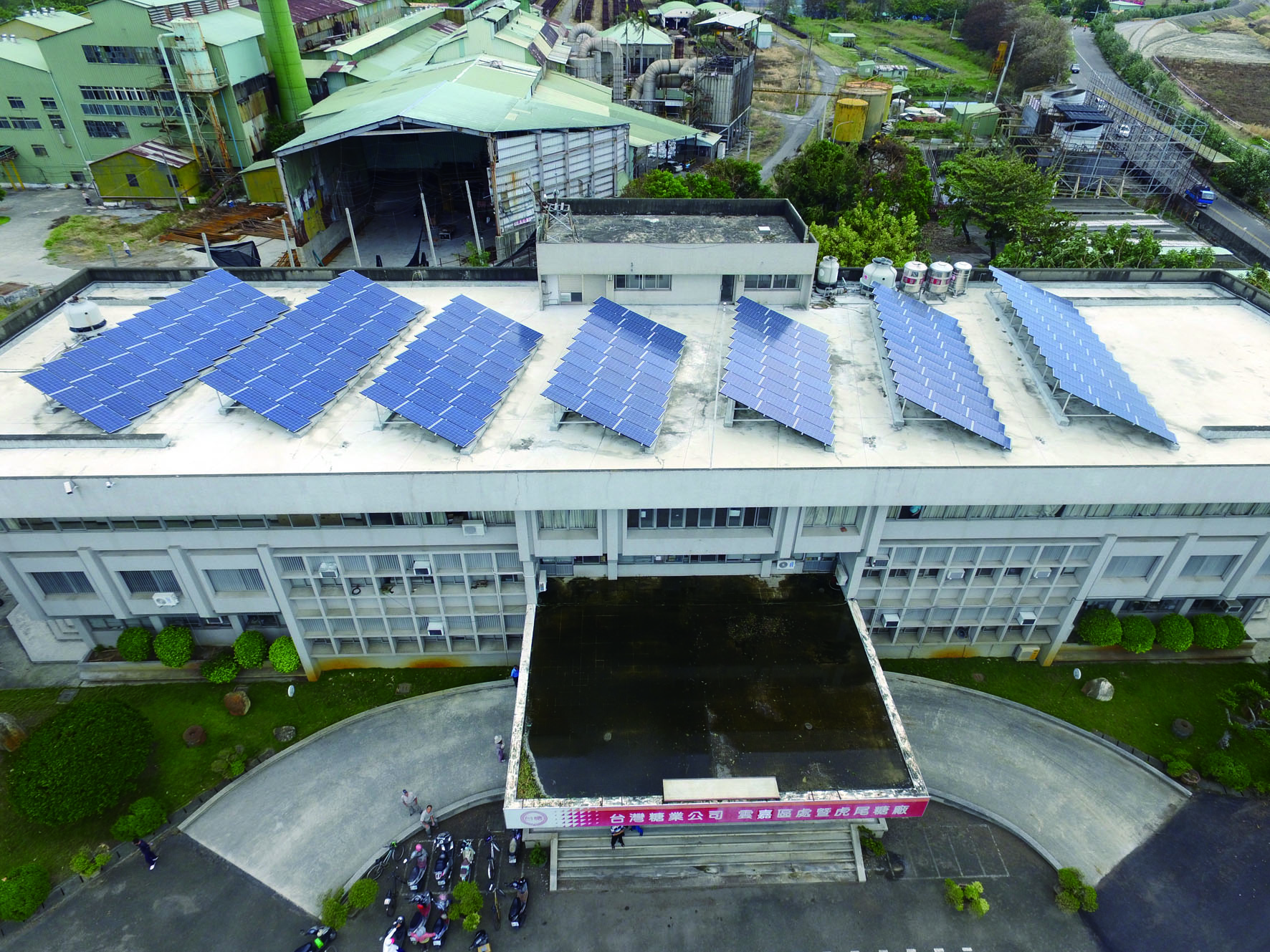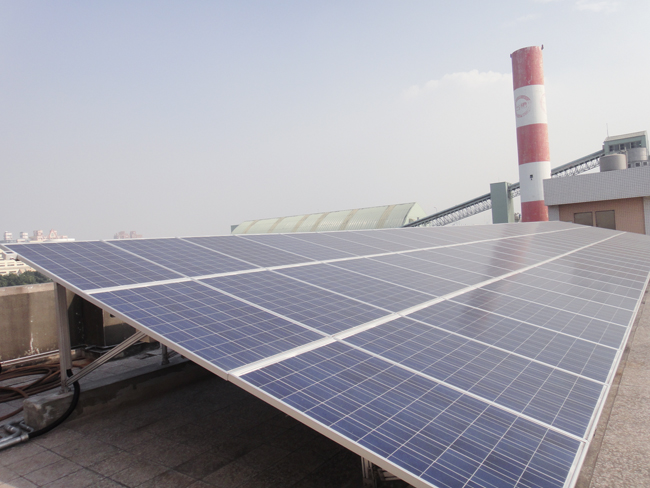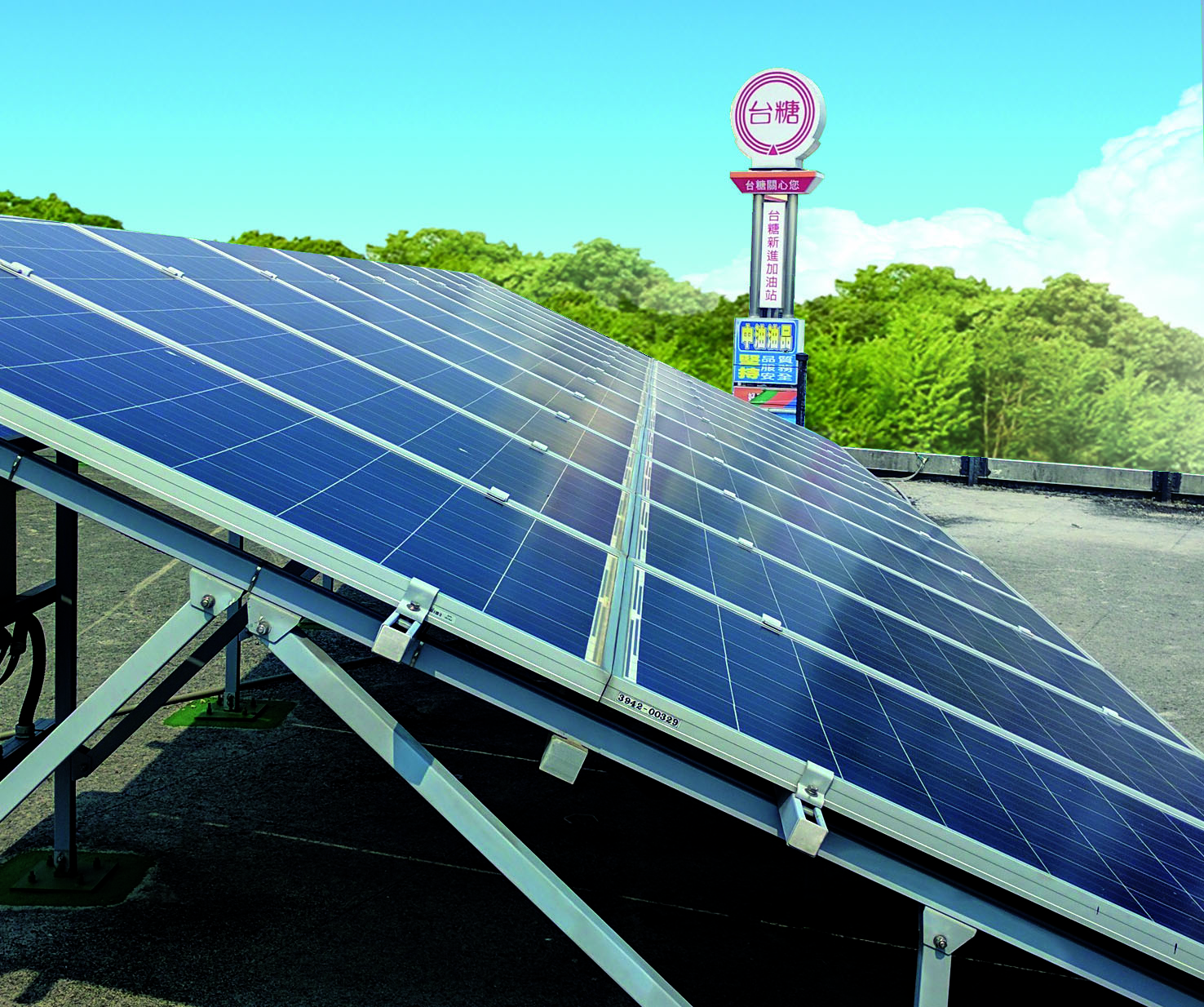Background and Goals
- To achieve the 2025 Nuclear-Free Homeland goal, the Taiwanese government's energy transition policy aims to reach a 20% share of renewable energy in electricity generation by 2025. Considering Taiwan's natural geographical advantages, solar and wind power have been designated as the primary development directions.
- Taiwan Sugar Corporation (TSC) continues to assess its available land, prioritizing areas suitable for solar power development based on factors such as location, soil conditions, ecological environment, and solar irradiance. This initiative aims to assist the government in reaching the goal of 20 GW of installed solar capacity by 2025.
Implementation Progress
- TSC continues to promote the installation of solar power plants in accordance with government policies. Soliciting bids for these projects will be conducted in a fair, just, and transparent manner. For rooftop and small-scale land projects, vendors will build and maintain the power generation facilities and lease them to TSC to accelerate deployment.
- As of December 2024, TSC has completed the installation of 543.64 MW of solar PV facilities, including 17.08 MW for roof-top installations, 99.95 MW for water-based installations, and 426.61 MW for ground-mounted installations.
Future Development
Future development of solar energy facilities will align with government policies, prioritizing roof-top installations, detention ponds, multi-use land, and revitalizing idle land. This strategy aims to support the government's goal of reaching 20 GW of installed capacity by 2025.
Expected Benefits
By 2027, the cumulative installed capacity of solar photovoltaic power is projected to reach 864.24 MW, with an estimated annual power generation of 1,080,300,000 kWh. Based on the latest electricity carbon emission factor (0.494 kg CO2/kWh) published by the Bureau of Energy in 2023, this will reduce national CO2 emissions by 533,668 metric tons.
Collaboration Partners and Opportunities
The latest partnership opportunities are disclosed on TSC's website, where relevant bidding information is publicly available (https://www.taisugar.com.tw/chinese/CP2.aspx?n=10102).






